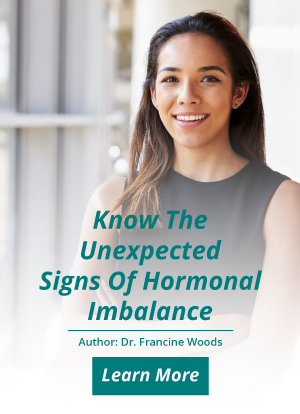Good shoulder function and upright posture depend on correct position of the “shoulder blades.” When you carry these twin bones in an elevated, abducted and protracted position most of the time (called “round shoulders”), you will be rewarded with neck, shoulder, chest or upper back pain. So, where do these bones belong?
By relaxing the scapula bones down the back (and not letting then rise up toward the ears), you will lessen tension of the traps, levator scapula, splenius capitis, and scalene muscles…the four muscles most often involved in chronic neck/shoulder pain and also often involved in headaches.
By bringing the shoulder blades back toward each other (i.e. not letting the shoulders go forward) you open-up chest wall muscles thus improving circulation to the head and to the heart. When the shoulders are gently pulled back, you relieve overstretch tension on the rotator cuff muscles (subscapularis, supraspinatus, infraspinatus, teres minor).
When the rotator cuff muscles are overstretched over a prolonged period of time, they become weakened and hypertonic and will then not produce normal shoulder girdle mechanics. Hence you are heading for joint damage, osteoarthritis, and/or injury.
Relaxing the shoulder blades down your back, along with bringing them closer together is the only lasting cure for adaptively short muscles of the chest, front of the neck, front of the shoulders and upper arms. These muscles include the pectorals, the anterior deltoids, the anterior serratus, the scalenes, the biceps brachii, and the coracobrachialis.
When the chest wall muscles are chronically shortened you will experience tightness and pain of the neck, and upper back. That’s right! Shortness of the chest wall muscles puts an overstretch force on the posterior thoracic muscles and it’s the posterior muscles that will complain with pain.
There are other consequences to adaptive muscle shortening of the chest and anterior shoulder muscles such as poor breathing, headaches, circulation problems, fatigue. With less than optimal vascular (blood) circulation to the cranium (head), don’t expect to feel awake, alive, enthusiastic and focused!
Most likely, you already have adaptive muscle shortening of the chest and anterior neck and anterior shoulder muscles. If so, and if you don’t exercise your upper body on a frequent basis, it may be hard for you to correct your posture. You may want to start with medical massage or manual therapy to lengthen the short muscles. This will make it easier for you to correct your posture and will help you correct posture without experiencing pain from the change.





